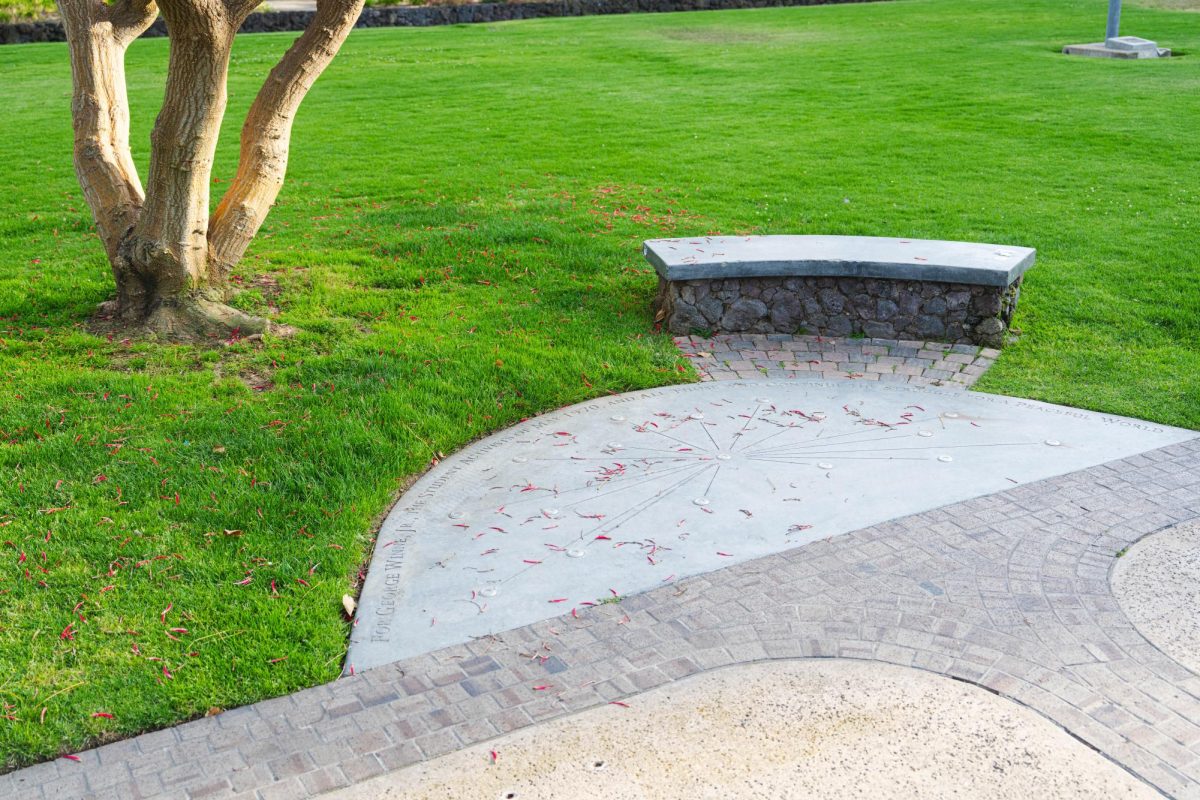I can never predict what type of reaction I will get when I tell people that I’m an editor at the Guardian. It’s pretty much 50-50 odds that people will either cringe or act honored to meet me. Whether people are impressed by the Guardian, my revelation is almost always met by tirades chock full of advice and constructive criticism. However, the criticism people typically offer usually reveals that they actually know very little about how UCSD’s official student newspaper is run — which encourages me to attempt to familiarize our readers with the methods behind our madness.
First, I will attempt to explain the editing process through which our stories are processed. A writer does his duty, and the fruits of his labor are edited by his section editor. Meaning, for example, that a sports article first undergoes the editing of our sports editor, and a news article first faces the red pen of the news editor — sometimes the associate section editors take the reigns on this one.
After being groomed by section editors, our stories meet the copy editors. These individuals perform most of the heavier editing — they correct grammatical errors, spelling mistakes, incoherent and incomplete sentences, etc. They also edit according to Associated Press style, which in light of outsiders’ critiques, is perhaps the most misunderstood aspect of our editing process. I state this only because I have heard many individuals complain that the Guardian consistently contains many mistakes.
I used to be one of those people: Three years ago, I applied to be a copy reader specifically because I thought I was seeing errors all over the official UCSD student newspaper, and I was embarrassed for their obvious blunders.
However, what I did not realize is that the Guardian edits according to the policies set forth in the AP Stylebook. In short, the AP Stylebook is the copy editors’ Bible — it is a dictionary-style index of almost every term or word that could end up in a newspaper article, and it explains the official Associated Press stance on how and when each term should be used, technically and grammatically.
So, when I watch students pick up Guardians in front of Center Hall and study their contents during lecture, it’s my turn to cringe when I hear people idly complain about the errors they see. Yes, too often we let misspellings and misuses slip through the editing process, but most of the time, those “”errors”” are strict renditions of the rules of our Bible.
Back to the editing process — after the copy editors do their thing, the article switches paths and enters the realm of design. Our design editor isn’t responsible for editing the content of any story like section editors and copy editors are. Instead he ensures that each story nicely falls into place among the plethora of advertisements, photographs, graphics, etc., that fills the rest of our pages. This is also the stage during which the art produced by our photography and graphics editors, and their respective departments, is placed into our pages. After all is said and done at this stage, each section of the newspaper enters the two-stage final editing process.
First, an entire section (i.e. news, sports, hiatus, features, or opinion) is printed onto 11- by 17-inch paper, and these proofs are placed into the welcoming, dedicated hands of a managing editor (that’s what I am), where most of the screw-ups that the section editors and copy editors didn’t catch are corrected by way of red ink.
But don’t let me toot my own horn — after my corrections are made, another set of proofs is given to the editor in chief, who hacks ’em up and continually reminds me that I will never catch every error, no matter how closely I edit. It’s a very humbling process.
After the chief’s corrections are made, every section goes through a final printing, and these proofs are driven by the chief to our printer’s office, which is in El Cajon. Our deadline is midnight on Sundays and Wednesdays (because the Guardian comes out on Mondays and Thursdays, which I hope you already know).
With every article going through at least four pairs of editing eyes (e.g. section editor, copy editor, managing editor, and then editor in chief), one might find it disheartening to know that we rarely catch every mistake. However, rest assured that we do our best to be thorough (come on — a minimum of four editors for every story is a lot of manpower), we are certainly open to suggestions (as long as it isn’t another complaint about the fact that horoscopes and the crossword puzzle only run on Mondays), and the AP Stylebook is responsible for the rest.
Perhaps a better method of attack for those of you still dissatisfied with your newspaper, a method which I can surely vouch for, would be to take a look at an AP Stylebook and come fill out an application with us — we are on the third floor of the Student Center and we are open during regular business hours. Getting involved might be a good way to make some of that criticism I keep hearing just a little more constructive.






